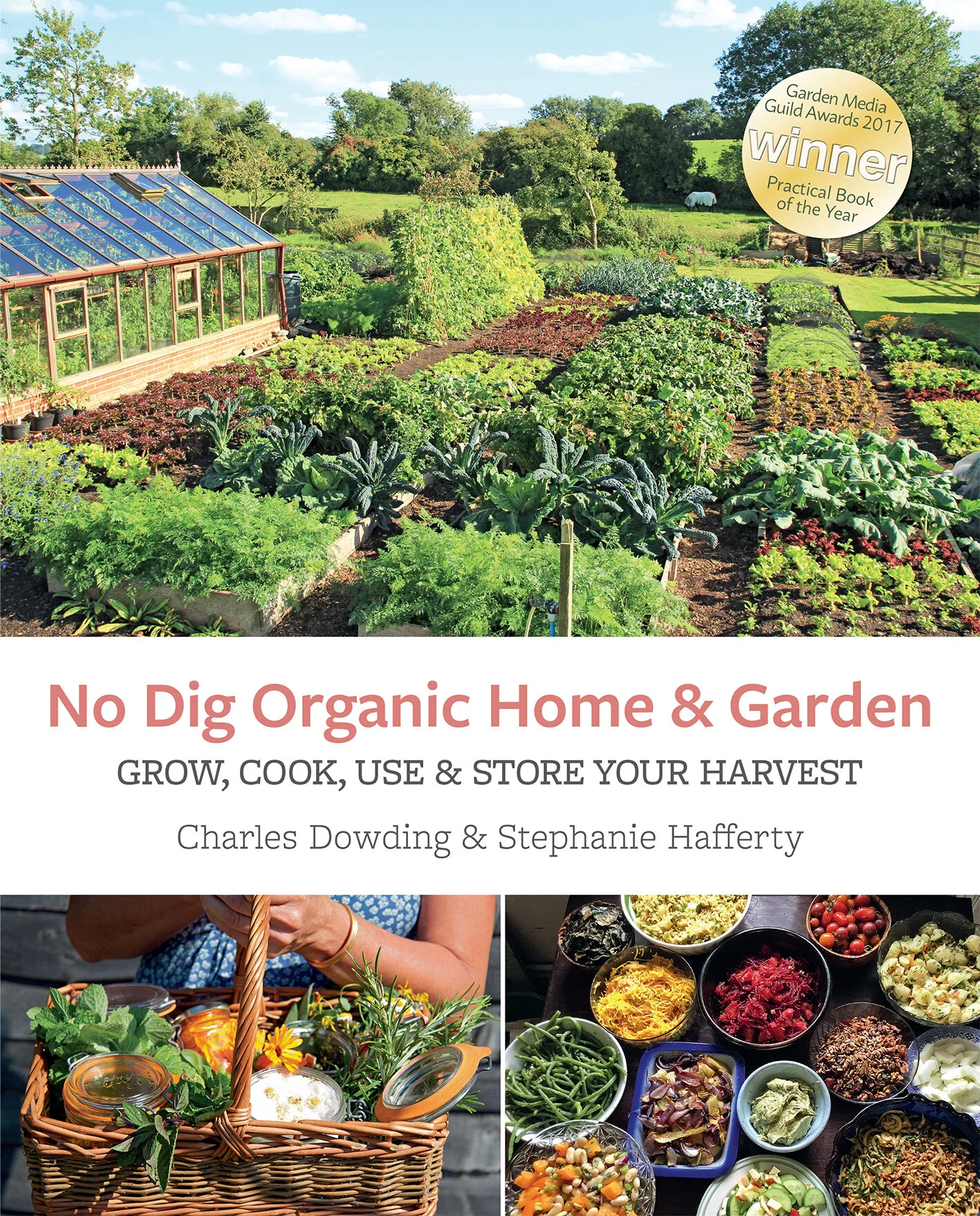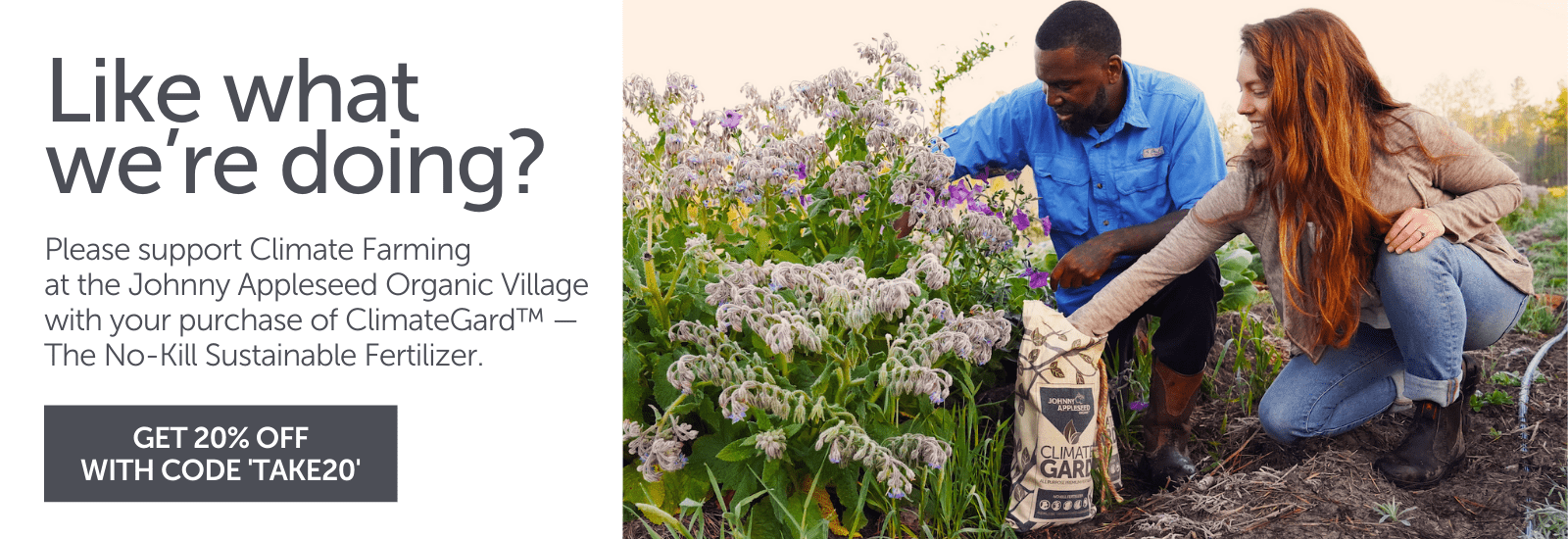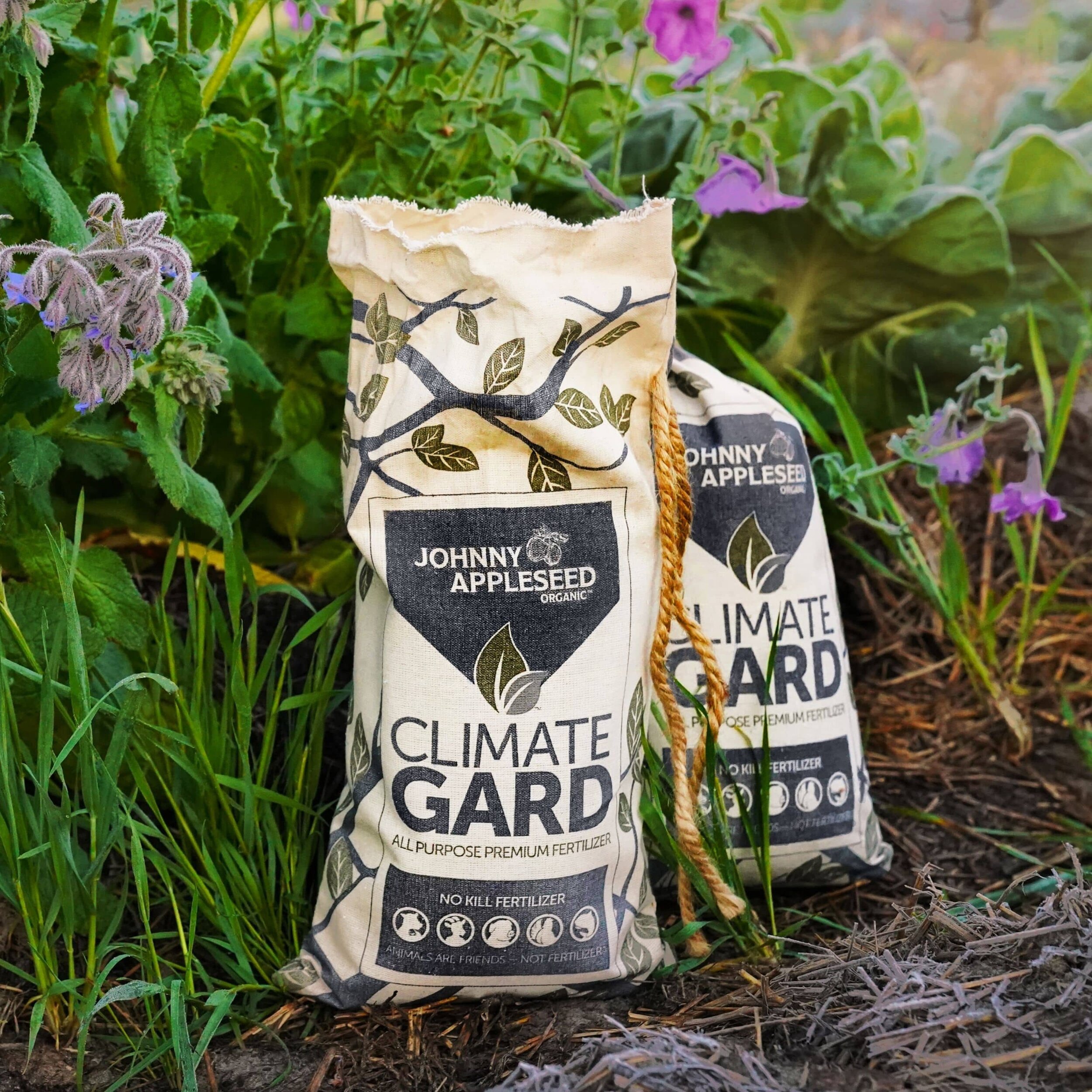Two Ways to Make Comfrey Fertilizer
By Charles Dowding and Stephanie Hafferty
Comfrey (Symphytum spp.) is an absolutely wonderful plant, excellent for adding fertility to the garden. It is best to grow ‘Bocking 14’ in your garden. The more invasive wild comfreys are not a good idea to grow at home or your allotment unless you have a lot of wild space that can cope with its invasive nature. ‘Bocking 14’ will provide a huge number of juicy leaves and flowers for wildlife without taking over. It is sterile and propagated from root cuttings, so ask a friend for some or buy from the many suppliers online.
Both kinds have wonderful flowers much loved by bees. Due to its invasive nature, wild comfrey is best foraged for. We harvest wheelbarrow loads from wild areas down the lanes here without upsetting the ecosystems there as it regrows very quickly from mid-spring right through to autumn and beyond if it is a mild winter.
Never add the roots or flowers to your compost heap; it is too invasive and could spread in your compost. If you have a large supply growing wild locally, there is no real need to grow it at home too, unless you want to harvest the roots to make comfrey oil.
How to Harvest and Preserve Comfrey
Harvest comfrey by holding the leaves in bunches and cutting just above the crown. During the summer, comfrey can regrow within 2 weeks. Hang bunches of comfrey tied with string regularly during the summer for use during the winter and early spring. Alternatively, use a dehydrator.
To maximize space, crumble dried comfrey into large jars or tubs with close-fitting lids. You can use this to make comfrey liquid – stir two handfuls into a bucket until thoroughly mixed and use as a liquid feed, removing the ‘rose’ from the watering can so that it doesn’t get blocked with particles.
Fertilizing with Comfrey
Dried comfrey leaves can also be used as a soil conditioner, sprinkled onto the soil, or mixed with potting compost and added to the compost bin to boost the process. To make a fine powder, whizz in a coffee grinder or food processor. Comfrey is an excellent compost ingredient and bioactivator, adding essential nutrients and minerals, which draws from the subsoil using roots of up to 3m (10ft), one of the reasons why it is difficult to eradicate! It can help heat up the compost heap, reducing composting times significantly: a mixture of comfrey and nettles is particularly effective.
To use as a mulch, chop the leaves and spread on the ground at a depth of around 5cm (2in). This is especially beneficial for fruit bushes and trees or on ground that is not cropping – in the vegetable garden I find that an unrotted mulch provides a habitat for slugs and other pests so it is better used as a liquid feed there.
We use two methods for making comfrey liquid with fresh leaves. I like to make these at the new moon: they are ready just after the full moon.
1. Loosely fill a container with leaves, top up with water, cover and leave for around 2 weeks. Strain into another container (I use a large colander) with a close-fitting lid – it stores well for months. To use, dilute 1 part comfrey with 12 parts water in a watering can. Be warned, it is very smelly – wear your worst clothes when straining and using!
2. To make a stronger feed without adding water you need a bucket and one or more containers with a hole at the bottom – such as another bucket or large plant pot. They need to fit snugly. Pack comfrey (nettles are good here too) into one of the containers with a hole in and put on top of the bucket. Repeat with another container and put on top, if you wish. Cover and leave for at least 2 weeks. Gradually a dark liquid will ooze into the bucket. Use immediately or store in bottles. To make a liquid feed, dilute 1 part comfrey with 20 parts water.
To use as a foliar feed or in a watering can with a rose attached, strain the liquid through a fine sieve, muslin, or coffee filter so that it does not clog up the nozzle/holes.
This excerpt is from No-Dig Organic Home & Garden by Charles Dowding and Stephanie Hafferty (Permanent Publications, 2017) and is reprinted with permission from the publisher.
Sign Up for Newsletter
Follow Us on Social
Cutting-edge microbiology
No kill formula
Superior plant nutrition derived from the most ethical, sustainable sources available.
Produces the same results as conventional fertilizers without the negative environmental impacts.
Each ClimateGard pellet is infused with micronutrients, silicon, humic acid and a high-performance blend of living bacteria and fungi.
Delivered in an environmentally friendly organic cotton bag with a compostable inner liner.
Will continue to enrich your soil long after application.
$39.95 for 7.5 pound bag | $69.95 for 15 pound bag.



